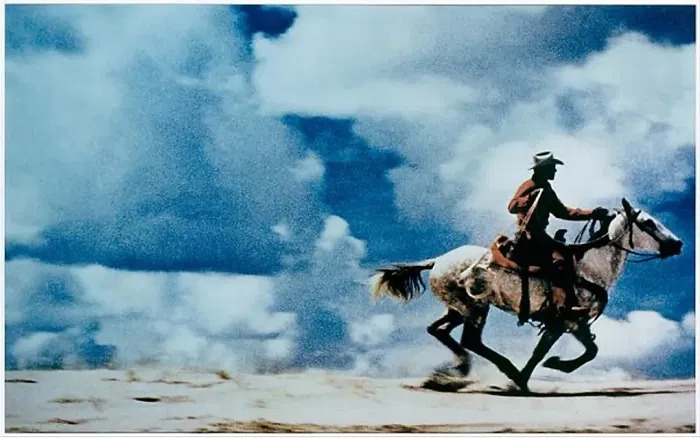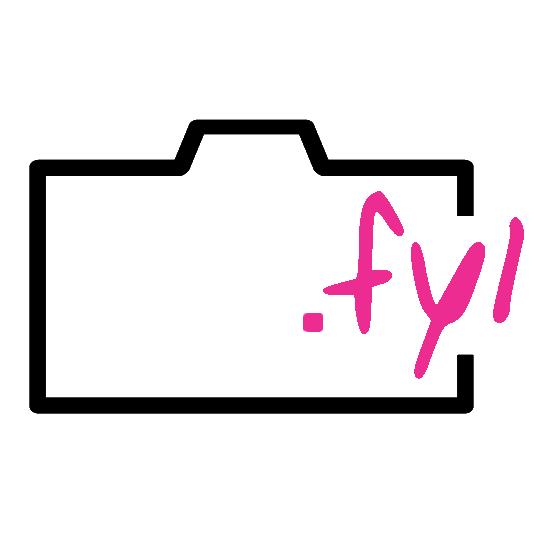Credit: Norm Clasen
In a world where we’re bombarded with countless images on social media every day, it’s fascinating to explore the milestones of controversial photography history. This week, we discovered ExpertPhotography‘s compelling deep dive into some of the most debated images ever captured, and it’s definitely worth your time.
The article brilliantly weaves together technical analysis, historical context, and powerful human stories. From Therese Frare‘s heart-wrenching “Face of AIDS” to Kevin Carter‘s haunting “Starving Child and Vulture“, each photograph represents a crucial moment in controversial photography history that goes far beyond what’s captured in the frame.
What makes this piece particularly compelling is how it explores the ethical dilemmas photographers faced. Take Charles Moore‘s Civil Rights era documentation – his choices behind the lens helped shape public opinion during a pivotal moment in American history. Or consider Donna Ferrato’s groundbreaking “Behind Closed Doors” series, which brought domestic violence out of the shadows and into public consciousness.
The intrinsic value of this article lies in its thoughtful examination of how these controversial photographs shape public awareness and policy. It’s not just about shocking images; it’s about understanding how a single frame can spark crucial conversations and drive social change.
What really caught our attention was the range of subjects covered in controversial photography history – from war photography to artistic expression, from political statements to environmental concerns. Each photograph comes with its own complex backstory that challenges our perspectives and assumptions.
For instance, the article delves into the story behind Richard Drew’s “Falling Man” from 9/11 and discusses how this image sparked intense debate about journalistic ethics and human dignity. Or take the controversy surrounding Andres Serrano’s “Immersions” series, which ignited discussions about art, religion, and government funding.
These aren’t just historical artifacts – they’re reminders of photography’s power to document, provoke, and inspire change. The article shows how controversial photography continues to challenge our perspectives and prompt crucial conversations about journalism, art, and society’s values.
What makes this week’s read particularly relevant is its connection to current discussions about photojournalism ethics and the role of controversial images in the digital age. As we grapple with questions about photo manipulation, consent, and representation, understanding these historical examples becomes increasingly important.
Visit ExpertPhotography to read the full article and discover how these powerful images continue to challenge our perspectives and prompt crucial conversations about photojournalism’s role in society.
Best Thing We Read This Week shares photography articles that challenge our perspectives and deepen our understanding of the craft. Have an article to suggest? Share it in the comments below.









